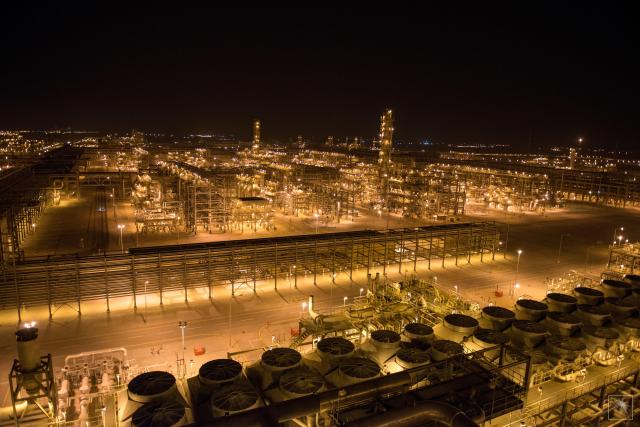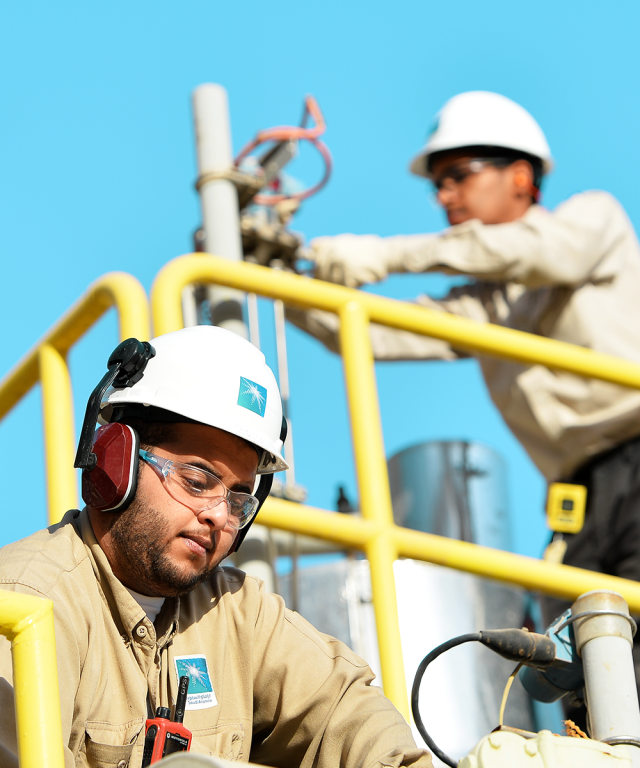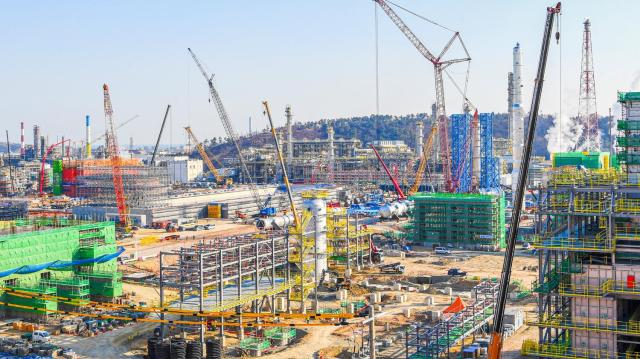
SEOUL, May 7 (AJP) - Saudi Aramco, the oil behemoth that has long fueled the Saudi economy, is increasingly steering its focus toward cleaner technologies, signaling a significant pivot in one of the world’s most carbon-intensive industries.
On April 21, Aramco, through its subsidiary Saudi Aramco Technologies Company (SATC), announced a joint development agreement with China’s BYD, one of the world’s leading electric vehicle manufacturers. The partnership aims to advance technologies related to new energy vehicles, including those that improve powertrain efficiency and reduce emissions.
“The collaboration between SATC and BYD aims to support energy efficiency improvements, and it builds on Aramco’s extensive research and development of new energy solutions,” said Ali A. Al-Meshari, a senior vice president at Aramco.
The move is part of a broader strategy to diversify beyond crude oil and position itself as a global leader in low-carbon and chemical innovation.
“Aramco is exploring a number of ways to potentially optimize transport efficiency, from innovative lower-carbon fuels to advanced powertrain concepts,” Al-Meshari added.

Founded in 1933 through a concession agreement between the Saudi government and Standard Oil of California, Aramco has grown into one of the most profitable companies in the world. Its first commercial oil production came in 1938 at the Dammam No. 7 well, known as the “Prosperity Well.”
The company was rebranded as the Arabian American Oil Company (Aramco) in 1944, and by 1962 it had produced 5 billion barrels of crude oil.
Saudi Arabia assumed full ownership of Aramco in 1980. The company was formally renamed Saudi Arabian Oil Company, or Saudi Aramco, in 1988. Under the leadership of Ali I. Al-Naimi, its first Saudi president and later the nation’s oil minister, Aramco began expanding its global footprint, acquiring refining and marketing assets across Asia and Europe.
Its first major international acquisition came in 1991 with a 35 percent stake in South Korea’s SsangYong Oil Refining Company, later renamed S-Oil. That was followed by interests in the Philippines’ Petron Corporation and Greece’s Motor Oil (Hellas).
In 2024, Aramco reported net income of $106.2 billion, down from $121.3 billion in 2023, reflecting a 12.4 percent decline. The company cited production cuts of 500,000 barrels per day that began in April 2023, part of broader measures by the Organization of the Petroleum Exporting Countries (OPEC) to manage global supply. Revenue fell modestly to $434.6 billion, while operating profit dropped 10.8 percent to $206.5 billion.
Despite the earnings dip, Aramco has underscored its commitment to emissions reduction and sustainability.
"We are leveraging the Kingdom's advantage in solar and wind resources and geology to capture any and all value additive opportunities,” said Aramco CEO Amin H. Nasser. “Renewables are a key component of our decarbonization levers.”
The company has also aligned its strategy with Saudi Arabia’s Vision 2030, an ambitious plan to reduce the kingdom’s dependence on oil and diversify its economy.
As part of that effort, Aramco recently signed a non-binding agreement with Ma’aden, the region’s largest mining firm, to begin lithium production by 2027 — a key step toward building a local electric vehicle supply chain.
Aramco has also taken a stake in MidOcean Energy, a move intended to build its capabilities in liquefied natural gas.
The company is reportedly investing around 10 percent of its total capital expenditure into a dedicated green energy division known as the New Energies Organization, focused on lower-carbon solutions.

In South Korea, Aramco is advancing the Shaheen project, a major petrochemical venture under S-Oil that is expected to come online in late 2026.
With a price tag of $6.64 billion, Shaheen aims to produce high volumes of ethylene, propylene, butadiene, and benzene — chemicals essential to modern manufacturing — while prioritizing energy efficiency and emissions reductions.
The project is viewed as a potential catalyst for South Korea’s declining petrochemical sector, and is expected to secure long-term supply agreements with the Onsan National Industrial Complex in Ulsan.
As Aramco transforms itself from a petroleum powerhouse into a more diversified energy and chemicals firm, its decisions are likely to reverberate across the global energy landscape.
For both Saudi Arabia and its international partners, such as China and South Korea, the company’s new trajectory may prove critical in shaping the future of energy security and sustainability.

Copyright ⓒ Aju Press All rights reserved.




